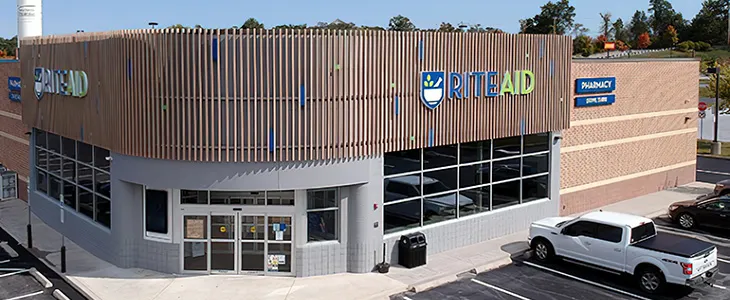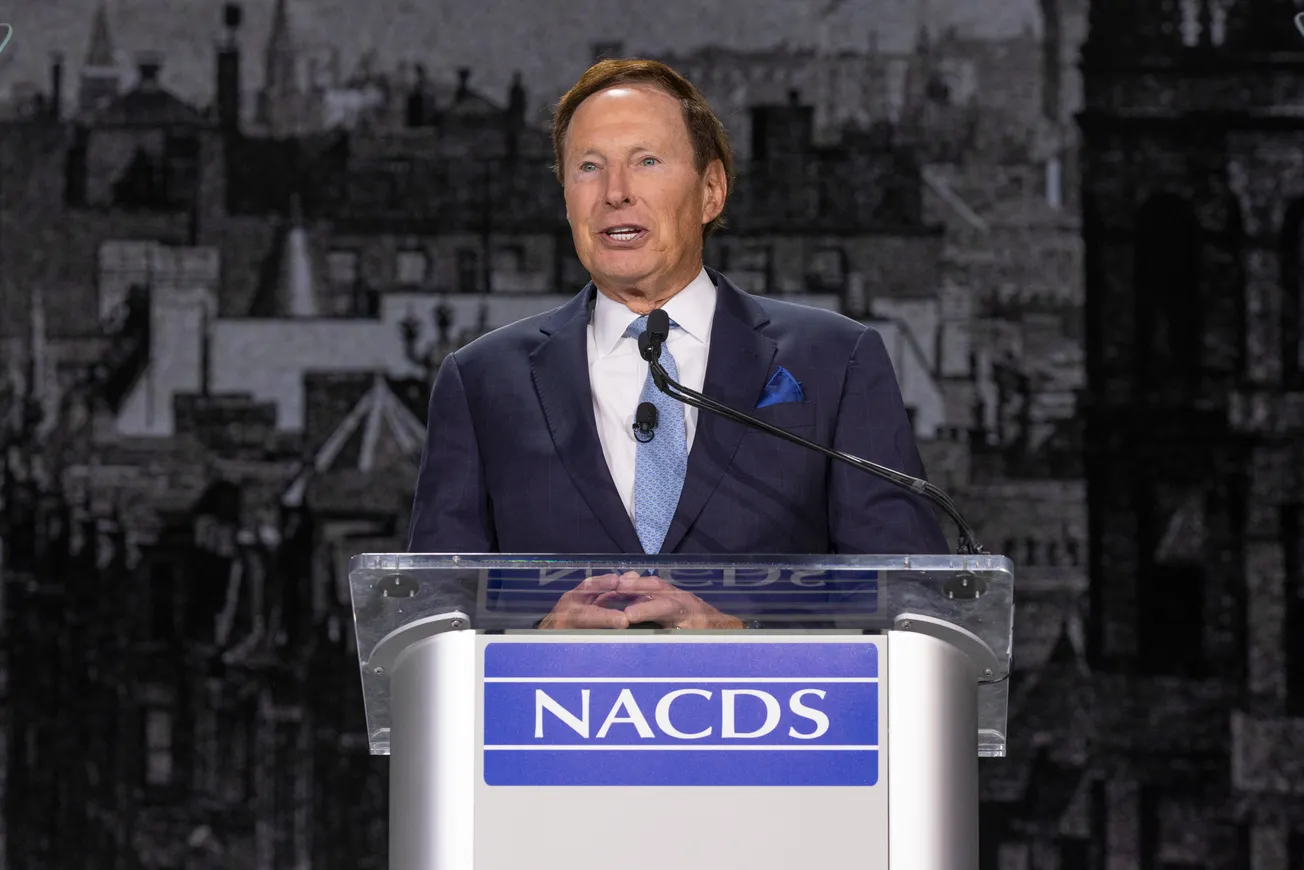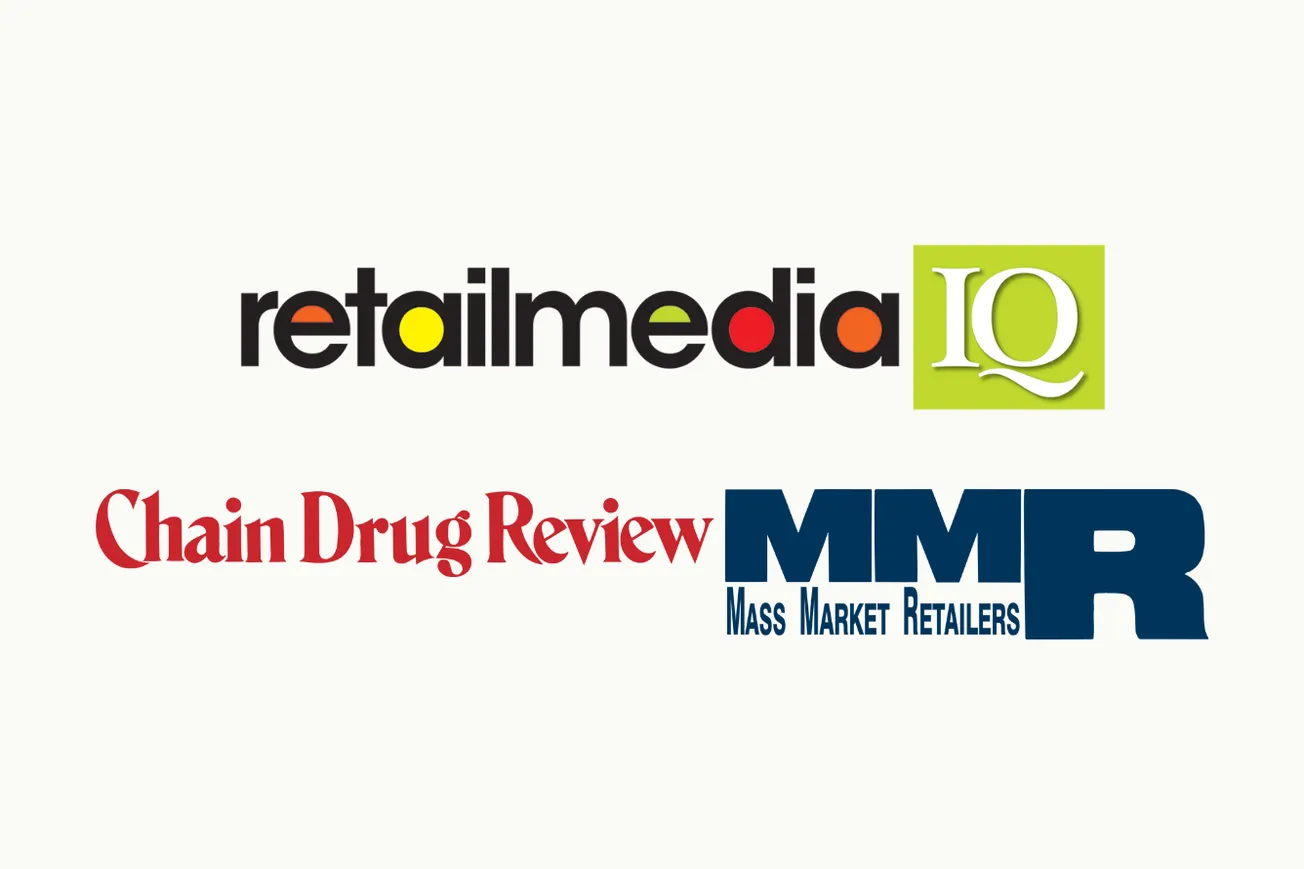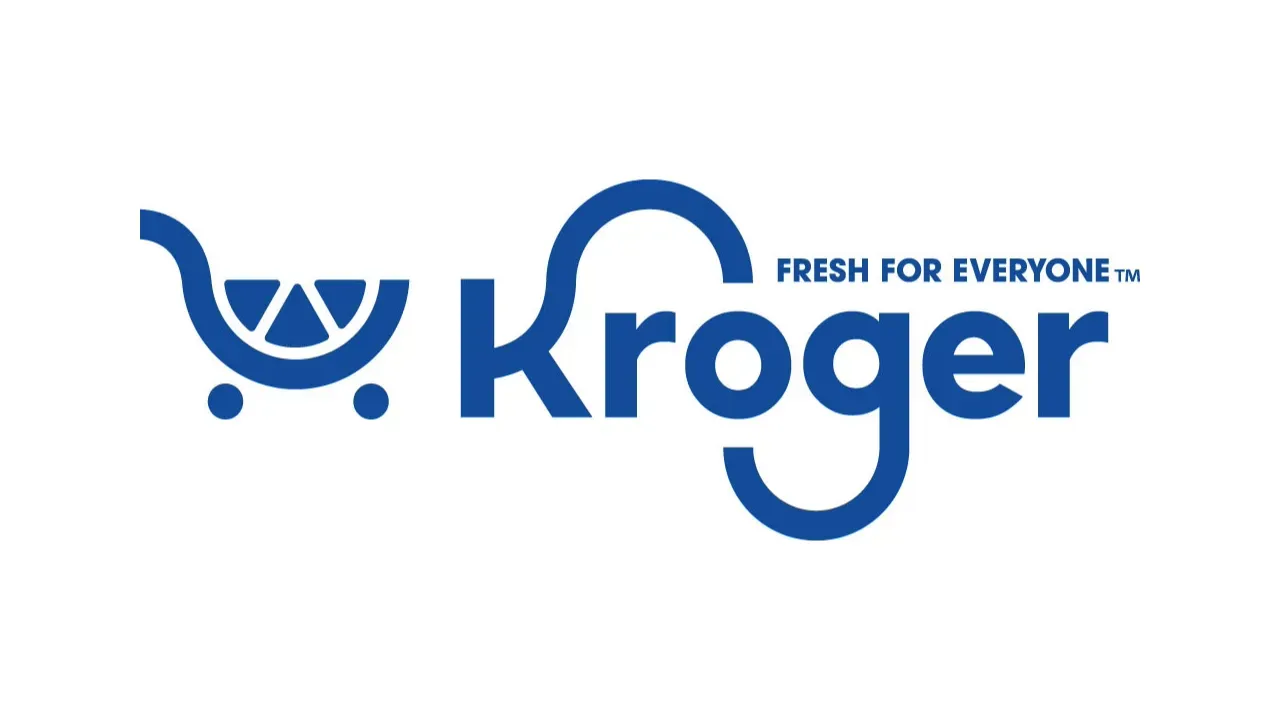PHILADELPHIA — Rite Aid reported a narrower than projected loss and topped Wall Street’s revenue forecast for its third quarter.
The company reported an adjusted loss of $7.9 million, or 14 cents a share. Analysts had estimated it would be 15 cents a share. Revenue of $6.08 billion bettered Wall Street’s expectation of $5.94 billion.

Heyward Donigan
For the three months ended November 26, Rite Aid posted a net loss of $67.1 million, or $1.23 loss per share, wider than the year-ago loss of $36.1 million, or $0.67 per share. The bigger loss was due primarily to a decrease in adjusted EBITDA, an increase in interest expense and an increase in restructuring charges. These items were partially offset by a reduction in facility exit and impairment charges. Adjusted EBITDA was $121.9 million, or 2.0 percent of revenues.
Revenue was down from $6.23 billion last year, largely due to a reduction in revenue from COVID vaccines and testing, store closures and a planned loss of covered lives at Elixir. These items were partially offset by increases in both comparable front-end sales and non-COVID prescriptions.
“Our third quarter beat consensus on top and bottom line, and we’re pleased with our results at Elixir and our accelerated sales growth at retail. However, based on recent trends, we are lowering our full year guidance due to headwinds including pharmacy margin, seasonal markdowns and higher shrink,” said Heyward Donigan, president and chief executive officer. “In addition, we are kicking off a performance acceleration program, which allows us to fast-track initiatives that will improve sales, script volume and operating margins, and free up cash. We look forward to updating you on our progress at year end.”
Retail Pharmacy Segment revenues decreased 0.5 percent over the prior year quarter, driven by a reduction in COVID vaccine and testing revenue as well as store closures, partially offset by an increase in both acute and maintenance prescriptions. Same store sales for the third quarter increased 7.5 percent over the prior year period, consisting of a 9.5 percent increase in pharmacy sales and a 2.2 percent increase in front-end sales. Front-end same store sales, excluding tobacco products, increased 2.7 percent. The number of prescriptions filled in same stores, adjusted to 30-day equivalents, increased 4.4 percent over the prior year period. Total same store prescriptions, excluding COVID immunizations, increased 3.6 percent, with same store maintenance prescriptions increasing 2.1 percent and other same store acute prescriptions increasing 8.0 percent. Prescription sales accounted for 72.0 percent of total drugstore sales. Total store count at the end of the third quarter was 2,324.
Retail Pharmacy Segment adjusted EBITDA was $81.7 million, or 1.9 percent of revenues, for the third quarter compared to last year’s adjusted EBITDA of $125.9 million, or 2.8 percent of revenues. The decline in Adjusted EBITDA was due to decreased gross profit, partially offset by a decrease in selling, general and administrative (SG&A) expenses of $81.2 million. Gross profit was negatively impacted by the decline in COVID vaccinations and testing and increased shrink expense, partially offset by the increase in prescriptions filled. SG&A expenses benefited from lower payroll, occupancy, and other operating costs due to store closures and cost control initiatives.
Pharmacy Services Segment revenues were $1.7 billion for the quarter, down 7.1 percent. The decrease was primarily the result of a planned decrease in Elixir Insurance membership and a previously announced client loss due to industry consolidation, partially offset by increased utilization of higher cost drugs.
Pharmacy Services Segment adjusted EBITDA was $40.2 million, or 2.3 percent of revenues, for the third quarter compared to last year’s adjusted EBITDA of $28.9 million, or 1.6 percent of revenues. The current quarter benefitted from increased gross profit resulting from procurement economics, and reductions in SG&A expense, partially offset by the decline in revenues associated with lost clients.
The company narrowed its outlook for full year revenue and lowered its outlook for net loss and adjusted EBITDA. Total revenues are expected to be between $23.7 billion and $24.0 billion in fiscal 2023. Retail Pharmacy Segment revenue is expected to be between $17.4 billion and $17.6 billion and Pharmacy Services Segment revenue is expected to be between $6.3 billion and $6.4 billion (net of any intercompany revenues to the Retail Pharmacy Segment).
Rite Aid’s net loss is expected to be between $584 million and $551 million.
Adjusted EBITDA is expected to be between $410 million and $440 million versus prior guidance of between $450 million and $490 million, due to expectations of lower pharmacy margins, cautious consumer demand and the related impact on seasonal markdowns and continued shrink expense. Retail Pharmacy Segment Adjusted EBITDA is expected to be between $265 million and $285 million and Pharmacy Services Segment Adjusted EBITDA is expected to be between $145 million and $155 million.
The adjusted net loss per share is expected to be between $2.18 and $1.78.
Capital expenditures are expected to be approximately $225 million, with a focus on investments in digital capabilities, technology, prescription file purchases and distribution center automation.
The company expects to generate positive free cash flow in fiscal 2023.










